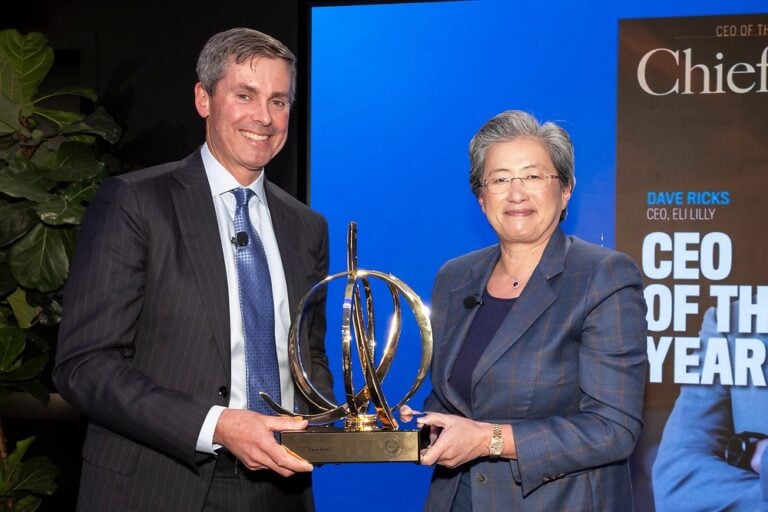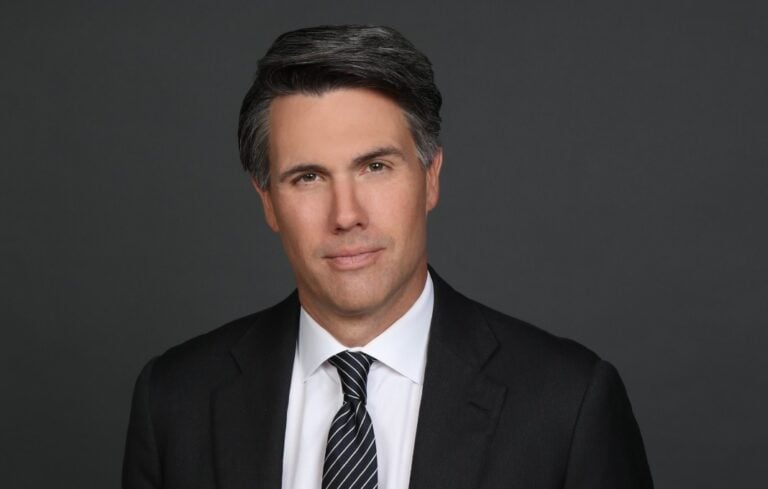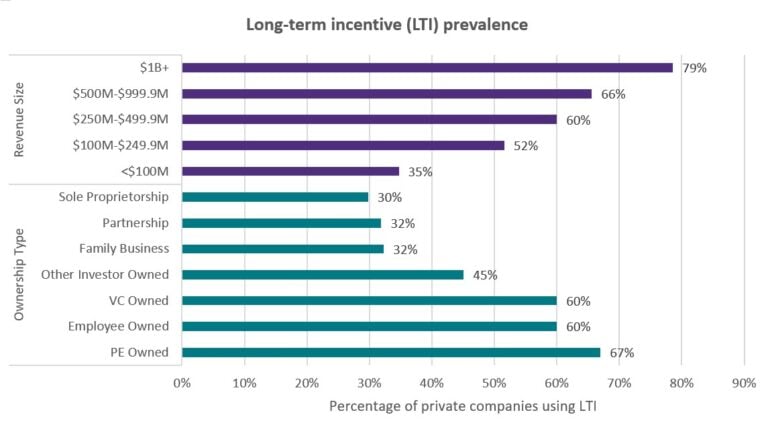
It is said that to truly understand someone, you must first “walk a mile in their shoes.” I’ve gone one better—I have run in them.
For years I was a senior-level executive, and now I’m at the helm of a leadership development company that helps thousands of senior-level executives reach their peak performance. I am also an ultra-endurance runner. I have found that executives are no strangers to endurance, and there are lessons in the race that can help leaders gain a foothold and regain momentum during those challenging “middle miles.” I’d like to take you along on a race with me to illustrate how this applies.
It’s the middle of the night in Joannas, a small village in southern France. Fierce winds rip around me, at times knocking me to my knees. The small circle of light from my headlamp is all I can see. I am mid-point in a 120 kilometer (74 mile), ultra-trail marathon, sleep-deprived, and starting to become delusional. The middle of the race is often the moment that most tests my endurance and resolve. This night I must scale a looming and daunting obstacle to get to the finish line and claim my Ultra-Trail Mont Blanc points for this race so that I can qualify for an even tougher one.
I am desperate to stay on the trail, which isn’t well marked. There is no GPS. The route is 10 different loops of varied distances. Every now and then there are reflective ribbons attached to trees along the course. Frequently, the trail cuts through a tiny cluster of two or three chalets and I’m running across someone’s driveway.
Am I lost? Am I on course? I won’t know until I go farther; I may then need to retrace my steps—as I’ve done what seems like hundreds of times already. Earlier in the race, for example, markers disappeared completely and, after going two miles without any, I retraced and ended up finding two German competitors (who spoke no English and I no German). Together, we ran back another five kilometers (3 miles) to finally find a marker—which had been knocked over and trampled—pointing in the opposite direction.
Let’s pause here and switch back into the executive’s shoes. Faced with daunting revenue goals or shifting marketplaces, the path to success is often without markers. Even with the best people, plans and tactics, companies can find themselves off course.
Although we don’t like to admit it, somewhere amid complex deliverables, we can find ourselves unsure of the next step forward. How do we discover the way when the path ahead seems unclear?
The reality is that the larger the challenge, the more assumptions we make, and therefore, the greater the likelihood we may miss indicators that can shift us onto a different course. Squelch the impulse to remain stoically silent. People know when they’ve lost their way; a Gallup survey revealed that only 22% of teams believe that their leaders have clear direction for the company. When we feel that we may not be going the right direction, the best strategy is to call it like it is and re-evaluate.
We hear a lot about diversity these days. This isn’t a mere social construct; gathering a variety of perspectives is the secret to finding new ways out of an unclear situation. Russell Reynolds Associates (RRA) research shows that when employees consider their leaders inclusive, 97% feel they have a positive working relationship with that leader, thus enabling the freedom to bring their best ideas forward. With inventive thought and honest expression, you will have far more resources with which to solve sticky challenges or generate innovations that propel your organization to the next level, than if your people simply tell you what you want to hear.
A 2019 Deloitte human capital survey asked, “What do you believe are the unique requirements for 21st-century leaders?” 81% of respondents chose “the ability to lead through more complexity and ambiguity.” The quicker a leader can gather data points, assess a situation, and rally people, the better they are at attaining bigger breakthrough goals.
Back in the runner’s shoes…
Now, suddenly, the terrain transitions from relatively flat to what seems like a steep wall of dirt. I check again to see if I’m on course and it seems that I am. It’s so steep, I have no choice but to climb…using all fours. I reach up with one arm, find something to grab—a small bush, tree branch or, most of the time, more dirt. Digging my hand into whatever I can, I propel my foot and then the other hand up in the same way, inching my way up, holding my position as best I can, but inevitably slipping down the loose dirt each time. As I painstakingly repeat the process, my body is taxed; muscles shaking, I’m panting profusely.
I can’t see this obstacle in its entirety, only the small section immediately in front of my headlamp. I can’t tell if it’s the face of a mountain or a small hill. All I know is, whatever this is that I’m climbing, I must scale it to finish. In my mind, there’s a bigger battle going on. Where am I on the route? What comes next? How much farther is it to the finish? Why am I even doing this? What am I looking to accomplish or prove? What if I’ve extended myself too far and I can’t finish? What if I’ve failed?
On the road to growth, all leaders run into unexpected barriers. The question is: are the leaders in your organization equipped to overcome them? The stats tell the story: 10,000 Baby Boomers reach age 65 every day. This adds pressure to millennials and Gen-X workers to fill the leadership gaps left by those Boomers who retire. However, 63% of millennials feel they lack leadership development. While respondents to the 2019 Deloitte human capital survey rated leadership as a high priority, only 41% believe their companies are equipped to fulfill their leadership requirements.
A Harvard Business State of Leadership Development study concluded: “Organizations that say leadership development is critical to their success are 29 times more likely to have a successful transformation than those where leadership is viewed as not important.” It behooves executives to prepare their leaders at all levels to face the challenges—known and unknown—looming in the future.
Meanwhile in the race…
With every movement, something hurts—muscles, bones, blisters, eyes, mouth, even ears due to the constant high winds. In races this long, the pain is something I’ve come to expect, learning to simply live with it, knowing I must keep moving—and that slowly, ever so slowly, stride by stride, the finish line will appear.
Executives may not endure the same physical pain as ultra-runners, but as those at the top of an organization, they can certainly relate to the need to keep…moving…forward.
Burnout and turnover are at critical proportions. Reports from Achievers and the Mental Health Association cite that more than half of employees in the United States planned to look for a new job in 2021 – up 35% from 2020. That’s staggering, considering the costs of replacing and retraining.
Burnout is one of the leading reasons cited for a new job search. According to Gallup’s State of the Global Workplace: 2021 Report, nearly 83 percent of respondents felt emotionally drained from their work, and nearly one in four employees experienced more severe signs of burnout including reduced productivity and cynicism towards coworkers and their jobs.
Another 2021 report stated: “60% of leaders reported feeling worn out at the end of each day, which can be an indication of burnout.” And with higher levels of leadership comes more stress and greater risk of burnout: “86% of those with high potential for leadership felt exhausted by the end of the day, an increase of 27% over the previous year.”
Furthermore, burnout can lead to exits. One recent survey found that 44% of leaders who feel worn out and used up planned to move to a new company to advance their careers. 26% of those same respondents plan to leave their current company within the next year.
Yet, 52% of employees who left their company believed that their manager or organization could have done something to prevent them from leaving. It’s time to arm leaders with the tools and skills they need to understand how to refresh and renew their teams so that everyone can finish well.
Competing in the Taranis Arga Trail race through Joannas and even longer races such as the Ultraman World Championships (a three-day, 320-mile triathlon), taught me that it is what we do in those crucial hard times— like the mid-point of a major project, a challenging fiscal year or a major organizational transition—that will determine how well prepared we are for the long haul and how we will place at the finish line.
As for the Taranis Arga Trail race in France? As the first U.S. female to ever compete in this race, I’m happy to report that I overcame the struggles, learned along the way and finished well.




0

1:00 - 5:00 pm
Over 70% of Executives Surveyed Agree: Many Strategic Planning Efforts Lack Systematic Approach Tips for Enhancing Your Strategic Planning Process
Executives expressed frustration with their current strategic planning process. Issues include:
Steve Rutan and Denise Harrison have put together an afternoon workshop that will provide the tools you need to address these concerns. They have worked with hundreds of executives to develop a systematic approach that will enable your team to make better decisions during strategic planning. Steve and Denise will walk you through exercises for prioritizing your lists and steps that will reset and reinvigorate your process. This will be a hands-on workshop that will enable you to think about your business as you use the tools that are being presented. If you are ready for a Strategic Planning tune-up, select this workshop in your registration form. The additional fee of $695 will be added to your total.

2:00 - 5:00 pm
Female leaders face the same issues all leaders do, but they often face additional challenges too. In this peer session, we will facilitate a discussion of best practices and how to overcome common barriers to help women leaders be more effective within and outside their organizations.
Limited space available.

10:30 - 5:00 pm
General’s Retreat at Hermitage Golf Course
Sponsored by UBS
General’s Retreat, built in 1986 with architect Gary Roger Baird, has been voted the “Best Golf Course in Nashville” and is a “must play” when visiting the Nashville, Tennessee area. With the beautiful setting along the Cumberland River, golfers of all capabilities will thoroughly enjoy the golf, scenery and hospitality.
The golf outing fee includes transportation to and from the hotel, greens/cart fees, use of practice facilities, and boxed lunch. The bus will leave the hotel at 10:30 am for a noon shotgun start and return to the hotel after the cocktail reception following the completion of the round.